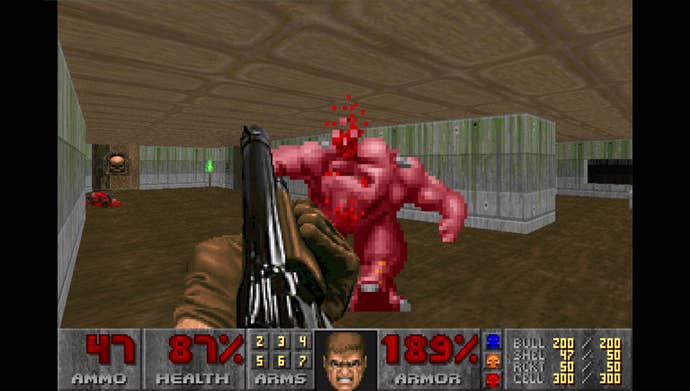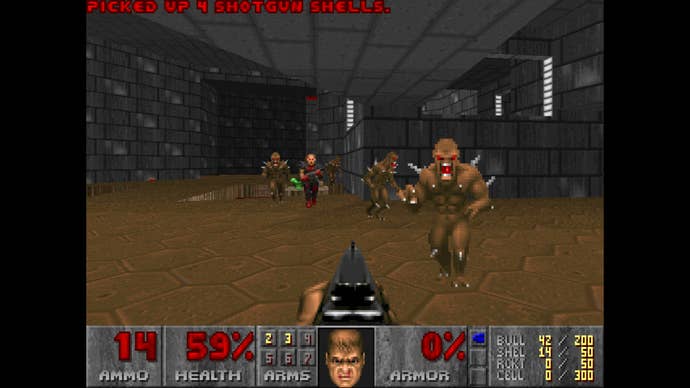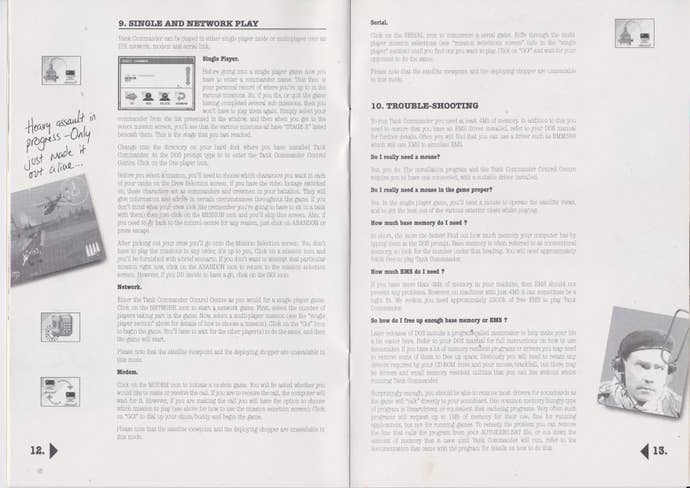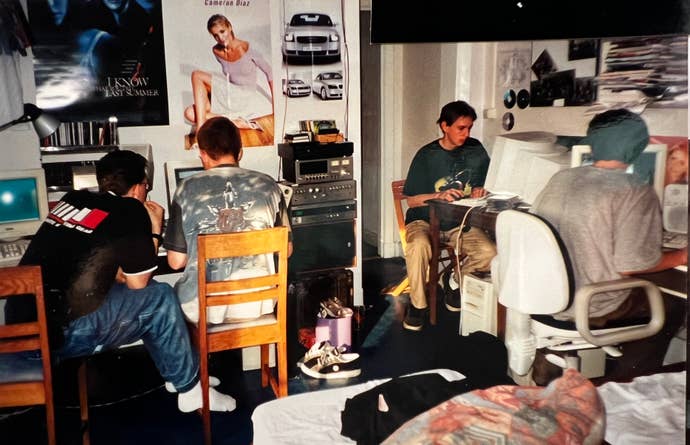It was a warm Saturday morning in the summer of 1994.
But after a few weeks of play there was still one thing we hadn’t tried - multiplayer.
Doom launched with what would now be considered a very basic online mode.

Being a game developer we had one of those.
So that’s what we did that Saturday morning.
We got there at ten in the morning planning a couple of hours play.

Although there was no matchmaking or lobby system back then, it wasn’t that hard to set up.
“We connected via IPX LAN,” recalls Williams.
We knew about the brilliantly paced design of Doom.

This was the preserve of William Gibson and Neal Stephenson, the Star Trek Holodeck and Tron.
We weren’t actually supposed to go there ourselves.
Fred was the most experienced and skilled player, he was speeding ahead, clearing rooms.

It was utterly enthralling, utterly new.
According to Id programmer Dave Taylor, this sheer noisy joy was happening at Id Software too.
“It was all about Deathmatch,” he says.

“Especially with Romero in the room.
He was so fucking funny.
He had such beautiful insults, and when you killed him, he had such satisfying cries of agony.
It turned out, a lot.
Even before release it was being replicated throughout the world of games.
“I showed it to my former coworkers, and they just went nuts over it.
They just couldn’t believe it.
And then of course, a couple years later,everyone’sdoing it.”
Doom was incredibly specialised and really only rendered vertical rectangles as well as flat floor polygons.
And of course, like Wolfenstein all the enemies were 2D sprites with a bunch of frames.
This was the shared computing platform used in serious workplaces throughout the world - now it ran Doom multiplayer.
“At the time, Unix workstations were like today’s modern operating systems.
It would just be like, I’m not going to subject myself to that.
I have a PhD.”
When I ask Taylor what the scientists were doing with Doom, he shrugs his shoulders.
“I don’t know, science shit?
They just happened to be on Unix workstations because they had to do these fancy simulations of things.
I think they were just avoiding work with Doom just like everybody else.”
Hours flew by at Big Red.
Outside the closed blinds, night was drawing in, but we didn’t notice.
We started on Deathmatch and the vibe changed - it was more tense and emotional.
That sense of real human competition.
After a few hours, we were all developing different styles of play revolving around different weapons.
It felt like a whole new universe opening up.
Well, there’s your social online grid!
You’re coming together, forming the party, now you’re socialising.
and that concretes the bond.
And so we were really knitting together these communities.”
That was it, I think.
), and this expanded the experience even further.
The Cybermaxx was an enormous and uncomfortable headset and its two eyepieces seemed to poke right into your skull.
Also, it was doing VR in 505x230 resolution with significant lag.
I felt that, in some small way, I had to be a part of it.
Thirty years later, I still am, and so is Doom.